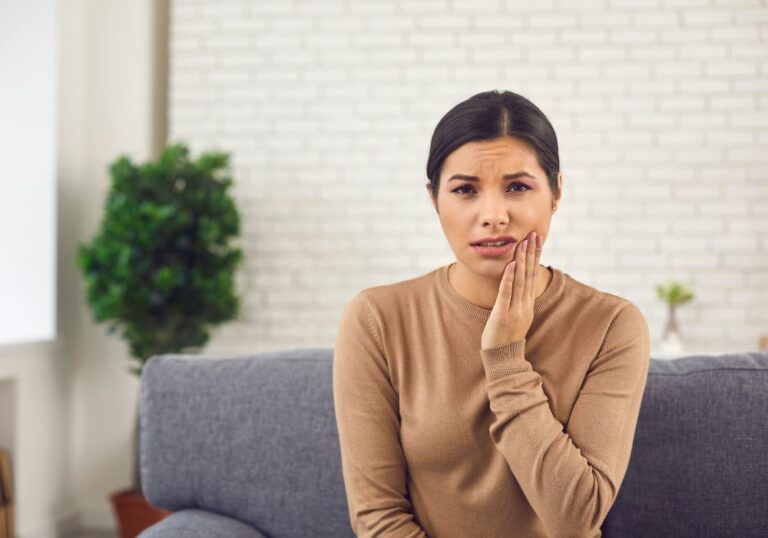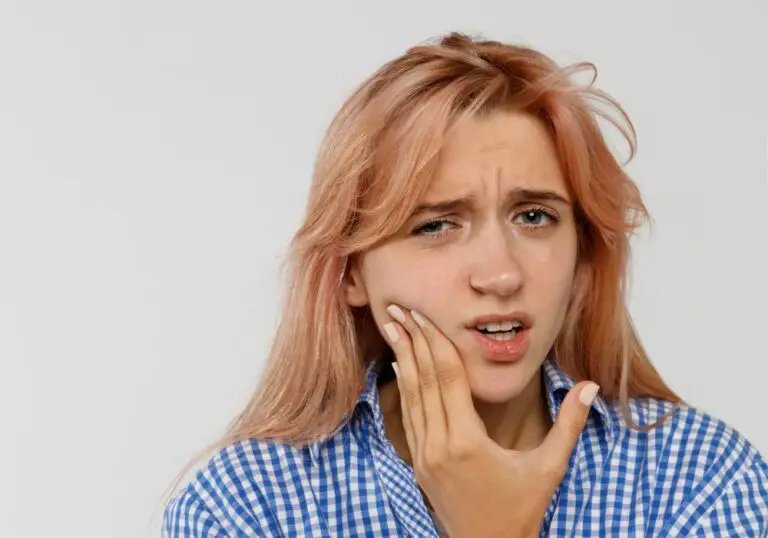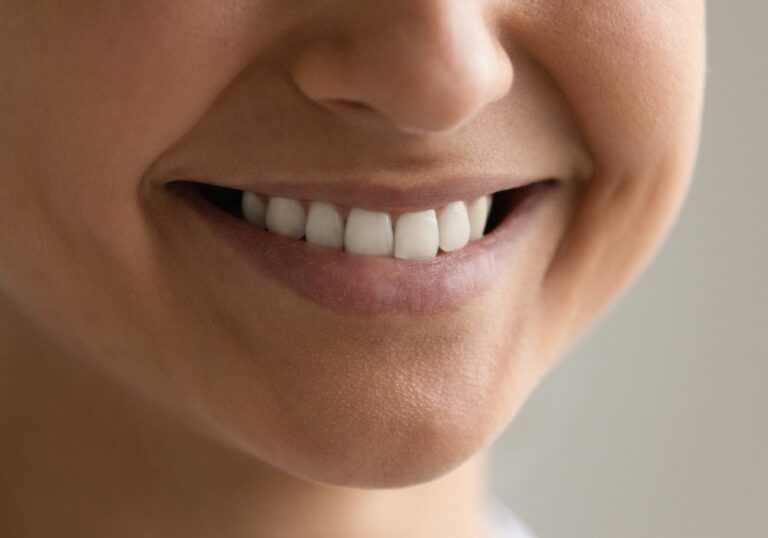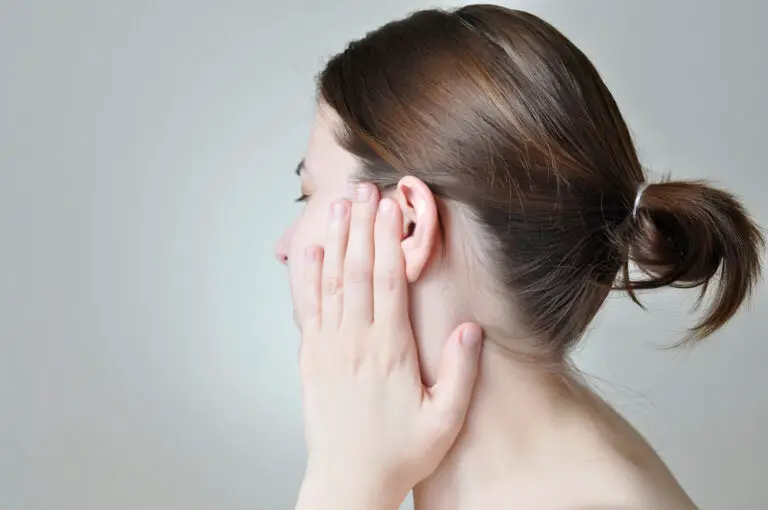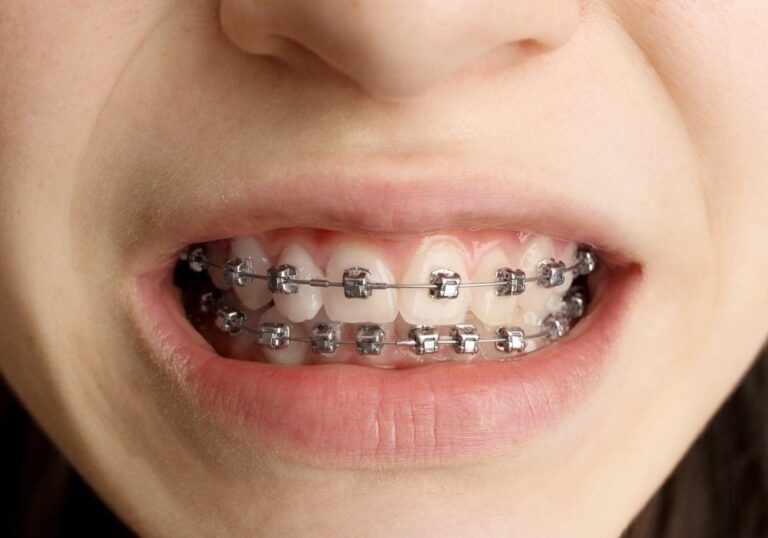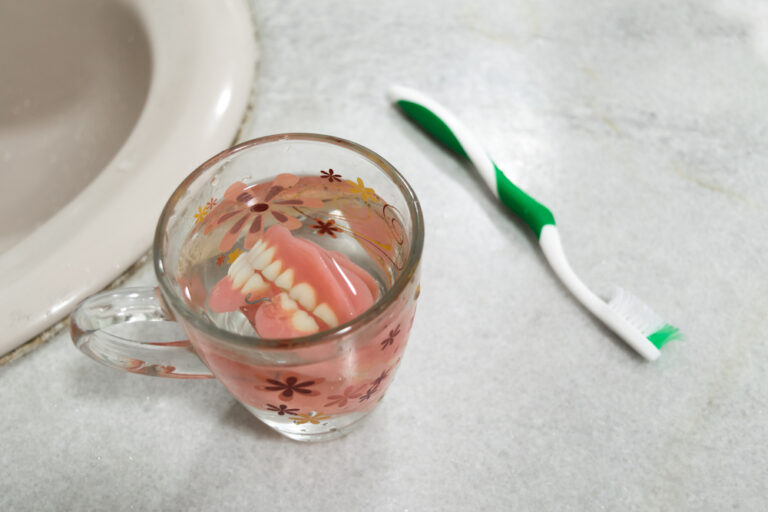Teeth grinding, known medically as bruxism, is an involuntary habit during sleep that involves clenching, grinding, or gnashing of the teeth. It is estimated to affect around 8-10% of adults on a regular basis. Teeth grinding can lead to damaged teeth, jaw pain, headaches, and other complications over time if unchecked. Understanding the intricacies of bruxism is key to properly managing this disruptive condition.
What Exactly is Bruxism?
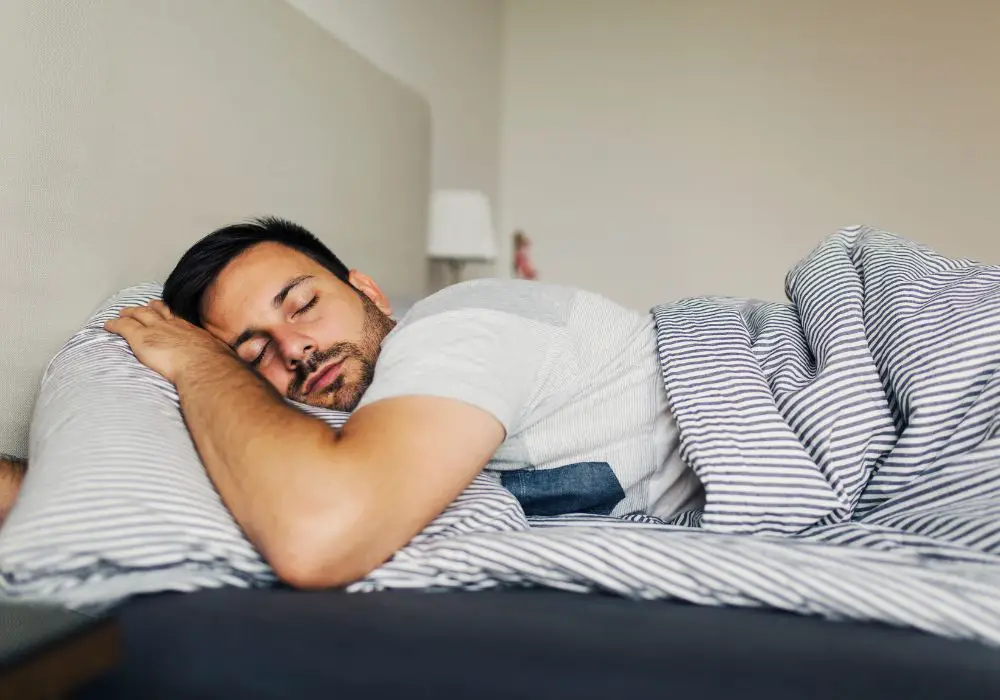
Bruxism is the technical term for grinding or clenching of teeth. It is categorized into two circadian manifestations:
- Sleep bruxism – This refers to involuntarily grinding or clenching that occurs during sleep. It can happen during daytime naps or at night while asleep. Sleep bruxism is the most common type.
- Awake bruxism – This refers to regular teeth grinding or clenching while a person is awake. It is less prevalent than sleep bruxism. Awake bruxism may be semi-voluntary in response to stress, concentration, or other triggers.
Teeth grinding and clenching episodes can last from several minutes to hours. The grinding force can exceed extremely high levels of 250 kilograms. This extreme pressure often produces audible sounds like squeaking or grunting noises. In severe bruxism cases, these noises can be loud enough to disturb a bed partner.
People with sleep bruxism are rarely aware of their grinding habit since it happens subconsciously. But symptoms upon waking like jaw soreness, locked jaws, or tooth pain often provide telltale signs.
What Are the Signs and Symptoms of Bruxism?
Some characteristic signs and symptoms can signal the occurrence of pathological teeth grinding. Being aware of these manifestations is key for proper diagnosis.
Physical signs
- Abnormal tooth wear – This is the most prevalent symptom. The patterns of erosion indicate grinding. Flattening of teeth often occurs. In severe cases, dentin may be exposed or teeth fractured.
- Chipped or cracked teeth – Chip fractures happen frequently in teeth grinders, especially at the incisal edges of front teeth. Cracks are also common in back teeth due to immense pressures.
- Increased tooth mobility – Long term bruxism can loosen teeth and detach periodontal ligaments due to constant stress on teeth.
- Damage to dental work – Existing fillings, crowns, and other dental appliances often get cracked or dislodged due to grinding forces.
Oral symptoms
- Jaw, face, or neck pain – Muscle soreness and pain are very common, especially around the temporomandibular joint. Pain often concentrates around the ears or temples.
- Clicking, popping jaw – Loud noises from the temporomandibular joint as it moves forcibly or improperly. There may be limited range of motion.
- Tongue, cheek, or lip injury – Teeth may lacerate the soft intraoral tissues during forceful grinding and clenching motions.
Other related symptoms
- Headaches – Especially pain in the temples caused by strain on the temporalis jaw muscles. Migraines are also more common in bruxism sufferers.
- Ear pain – Jaw tension can irritate the temporomandibular joint, causing ear discomfort.
- Sleep disruption – Partners often complain of loud grinding noises interrupting their sleep. Sleep quality decreases.
- Mood issues – Bruxism may be associated with anxiety, depression, stress and other emotional issues.
What Causes Teeth Grinding?

The exact etiology of bruxism is not fully understood and often involves multiple causative factors. Here are some of the most commonly accepted causes:
Stress and Emotion
There is a well established link between bruxism and psychosocial factors like anxiety, stress, frustration, tension, and suppressed anger. Grinding or clenching may happen semi-consciously in response to these emotions or while processing anxious thoughts at night.
Related psychiatric disorders like depression, attention deficit hyperactivity disorder (ADHD), post traumatic stress disorder (PTSD) and obsessive compulsive disorder (OCD) also demonstrate association with bruxism.
Stress hormones and neurotransmitters like cortisol and serotonin are believed to play a role as well.
Sleep disorders
Bruxism shows connection to sleep disorders like obstructive sleep apnea, snoring, periodic limb movements in sleep, insomnia, and night terrors.
Specifically, bruxism episodes often happen during transitions from deep to lighter sleep phases. Atypical sleep architecture from chronic sleep disorders promotes teeth grinding.
Malocclusion
Problems with the bite alignment may contribute to bruxism through irritation. Misaligned teeth, abnormal overbite/underbite, crossbite, overcrowding, and other occlusal issues can increase grinding tendencies.
Orthodontic braces, retainers, and other dental appliances are also associated with increased bruxism possibly due to irritation and discomfort.
Medications
Certain psychiatric medications like selective serotonin reuptake inhibitors, tricyclic antidepressants, amphetamines, and antipsychotics have bruxism listed as a potential side effect. The dopaminergic effects likely play a role.
Recreational drugs like ecstasy, cocaine, alcohol, tobacco, and cannabis may also instigate teeth grinding episodes through various mechanisms of action.
Gastrointestinal issues
Gastroesophageal reflux disease (GERD) and acid reflux cause heartburn, indigestion, and discomfort. This may lead to clenching or grinding during sleep. Esophageal spasms provoked by acid irritation are one mechanism.
Genetics
Positive family history and genetic traits can indicate a predisposition to developing bruxism, according to some studies. However, more research is needed to establish definitive hereditary links.
Personality type
Certain personality traits like aggressiveness, competitiveness, hypervigilance, and perfectionism have been suggested to correlate with bruxism. However, larger scale studies have had mixed results, requiring more evidence.
What Are the Potential Complications?
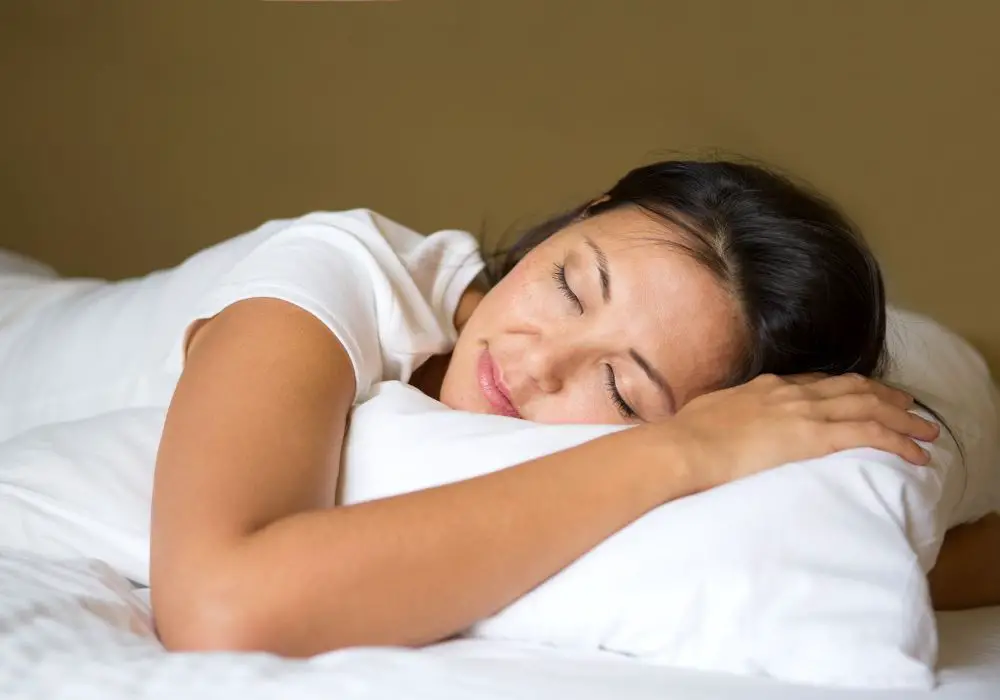
If left unchecked long term, pathological teeth grinding can lead to various problems:
Dental complications
- Tooth damage – This ranges from mild to severe. Enamel wears away, dentin is exposed, and restorations may be damaged. In worst cases, fracture may occur exposing pulp chamber.
- Increased tooth decay – Loss of protective enamel leads to cavities and decay.
- Periodontal disease – Bruxism contributes to gingivitis and bone loss.
- Tooth hypersensitivity – Dentin exposure causes pain with hot, cold, or sweet foods.
- Loose or lost teeth – Extensive occlusal trauma can detach or lead to tooth loss.
- Fractured dental work – Crowns, bridges, fillings and other restorations often break or crack.
Temporomandibular joint disorders
- Arthralgia – Joint pain and soreness. Clicking or popping with jaw movement.
- Limited motion – Jaw mobility decreases from muscle spasms and joint degeneration.
- Locking – Jaws may lock in open or closed position, unable to open or close fully.
Headaches
- Tension headaches – Chronic contracted jaw muscles often cause non-migraine headaches, especially around the temples.
- Migraines – Bruxism sufferers have a higher incidence of migraines compared to the general populace.
Sleep disruption
- Poor sleep quality – Noise and discomfort from grinding interrupts continuous sleep. Bed partners may also be awakened.
- Daytime drowsiness – Sleep deprivation from disrupted sleep decreases daytime energy.
- Snoring, apnea – Bruxism has association with sleep disordered breathing.
How is Bruxism Diagnosed?
Since teeth grinding often happens unconsciously during sleep, diagnosing it involves:
- Recognizing characteristic symptoms
- Conducting thorough dental exams
- Ruling out mimicking conditions
- Identifying risk factors
Here are some approaches dentists use:
Clinical examination
A dentist will check for typical physical signs like abnormal tooth wear, cracks, mobility, missing enamel, and damage to restorations. Jaw and TMJ palpation will reveal muscle tenderness. Intraoral tissues are examined for cuts and lesions.
Sleep study
Polysomnography involves monitoring sleep activity using electroencephalogram, electromyogram, electrocardiogram and other instruments. It detects grinding episodes and tracks sleep stages.
Home sleep test
More convenient home sleep tests with portable equipment can identify episodes of bruxism through jaw muscle activity, tooth noises, and body movements.
Patient history
Asking about medical conditions, psychiatric disorders, medications, drug use, and lifestyle provides insight about associated bruxism risk factors.
Diagnostic imaging
X-rays reveal degree of tooth destruction from bruxism. MRI or CT scans visualize TMJ positioning and bone integrity. Impressions show wear facets.
Muscle activity
Portable EMG biofeedback units monitor masseter muscle activity during sleep to quantify bruxism episodes over several nights.
Sleep diary
Patients record sleep patterns, symptoms, triggers and observations for 1-2 weeks. This subjective data aids clinical correlation.
A combination of these approaches allows dentists to confirm and assess the severity of bruxism using both qualitative and quantitative metrics.
What Are the Treatment Options for Bruxism?
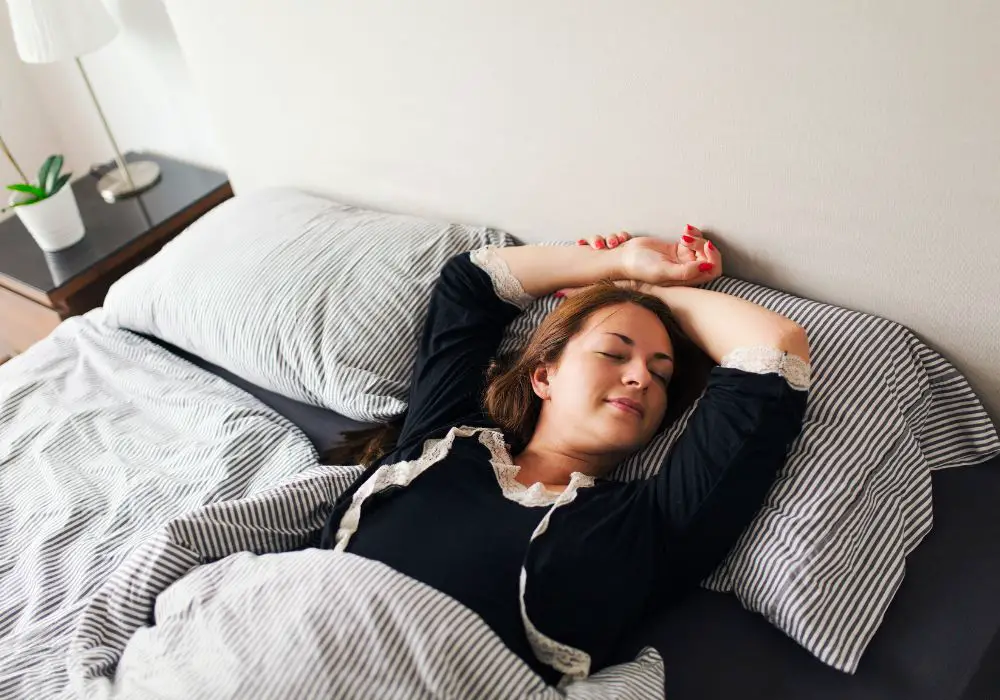
Treatments for bruxism range from dental interventions and devices to medical therapy and behavior modification. A combination approach tailored to the individual often works best.
Dental and dental sleep medicine treatments
- Oral appliances – Custom-made night guards are the most common appliances to prevent grinding. They shield teeth and absorb forces. Mandibular advancement devices can also alter positioning.
- Tooth restoration – Restorations like dental fillings, crowns or implants repair any damage to teeth caused by bruxism over time.
- Botox injections – Botox injections temporarily paralyze jaw muscles to reduce grinding for several months until the effects wear off.
- Biofeedback – Using EMG sensors that monitor jaw muscle activity can teach control of excessive contractions during sleep.
- Pediatric approaches – For children, basic night guards, orthodontics, occlusal adjustments and myofunctional therapy may be attempted initially before considering more advanced options.
Medical and pharmaceutical management
- Muscle relaxants – Medications like diazepam ease muscle spasms and TMJ pain by reducing muscle hyperactivity.
- Pain medication – Ibuprofen helps temporarily relieve muscle soreness and headache pain associated with bruxism.
- Cognitive behavioral therapy (CBT) – CBT helps modify thought patterns, emotions, and habits that may trigger bruxism like anxiety and anger.
- Meditation, hypnosis – These mind-body therapies reduce stress reactions that can cause grinding and promote restful sleep.
- CPAP machines – For patients with comorbid obstructive sleep apnea, CPAP limits breathing disruptions and improves sleep quality.
Lifestyle and behavioral approaches
- Stress management – Coping strategies like exercise, massage, music, mindfulness, counseling, and improving time management can mitigate stress.
- Limiting substance use – Reducing or avoiding alcohol, tobacco, recreational drugs, and caffeine can prevent bruxism episodes.
- Improving sleep hygiene – Keeping a consistent bedtime routine, limiting screen use before bed, and creating an optimal sleep environment encourages quality sleep.
- Jaw exercises and physical therapy – Stretching and massages alleviate muscle tension. Exercises strengthen jaw muscles and ensure proper chewing motion.
- Tongue and lip training – Using the tongue as a block between teeth rather than clenching teeth can be conditioned as a habit.
A combination of therapies tailored to the individual based on exam findings, sleep studies, symptom history, and etiological factors offers the best results.
Tips for Self-Management of Bruxism at Home
Patients can implement some self-care strategies at home alongside professional treatment to help manage bruxism:
- Use mouth guards or splints – Wear custom night guards to cushion teeth exactly as prescribed. Maintain good hygiene.
- Take pain relievers – Over-the-counter medicines like ibuprofen help temporarily relieve jaw pain and headaches from bruxism.
- Apply heat or cold – Use warm compresses or ice packs to alleviate muscle soreness as needed.
- Massage jaw muscles – Gently massaging tense mastication muscles helps relax them and increase blood flow.
- Manage stress – Make lifestyle changes to reduce stress like exercising, socializing, practicing relaxation techniques, and improving time management skills.
- Evaluate triggers – Identify and limit behaviors that worsen bruxism like alcohol, tobacco, drugs, and poor sleep habits.
- Monitor symptoms – Keep a sleep journal to identify patterns and show worsening symptoms that may require medication or appliance adjustments.
Long Term Outlook for Bruxism
With proper diagnosis and compliant treatment, the long term prognosis for bruxism is generally positive. However, without adequate management, complications can occur.
In children, bruxism often naturally remits by adulthood without intervention. But it may persist and require some therapy.
For adults, severe bruxism usually does not fully resolve on its own. But a combination of dental and medical therapies helps control symptoms in a majority of patients. Continued monitoring and dental work is needed to promptly fix any emerging tooth damage or complications.
Certain factors like non-compliance with oral appliances, uncontrolled psychiatric disorders, and perpetual lifestyle triggers can impede improvement despite treatment. Counseling and medication changes may be warranted in refractory cases.
Overall, managing bruxism requires commitment to an individually tailored, multidisciplinary treatment plan. With diligent effort and routine dental care, significant symptom relief and protection of dental health are possible long term.
Frequently Asked Questions
Q: How can I stop grinding my teeth at night?
A: Tips to reduce nighttime teeth grinding include wearing a custom night guard, practicing relaxation techniques before bedtime, massaging jaw muscles, maintaining proper sleep hygiene, addressing associated health issues, limiting alcohol/drug intake, and visiting a dentist regularly to fix emerging dental damage promptly.
Q: Do mouth guards really help with teeth grinding?
A: Yes, custom night guards made by dentists are very effective because they cushion teeth from grinding forces and absorb some shock that would normally go directly to teeth and jaws. They protect teeth and reduce pain significantly. Over-the-counter guards may help mildly.
Q: Can teeth grinding cause jaw problems?
A: Yes, chronic bruxism can lead to temporomandibular joint disorders like pain, popping sounds, restricted motion, and locking. It strains the jaw muscles as well. Physical therapy, anti-inflammatory medication, appliances, surgery or botox injections can help manage these TMJ issues.
Q: Why do antidepressants cause bruxism?
A: Many antidepressants like SSRIs and SNRIs affect serotonin, norepinephrine and dopamine levels. These neurotransmitters are involved in regulating muscle activity during sleep that controls teeth grinding. The medications may disrupt normal sleep architecture as well.
Q: Can you grind your teeth to nubs?
A: Severe, unchecked bruxism over many years can lead to extremely flattened, fractured teeth, receding gums and even total tooth loss in extreme cases. But with proper dental treatment and protection, teeth can be restored and maintained for normal function despite lifelong bruxism.

